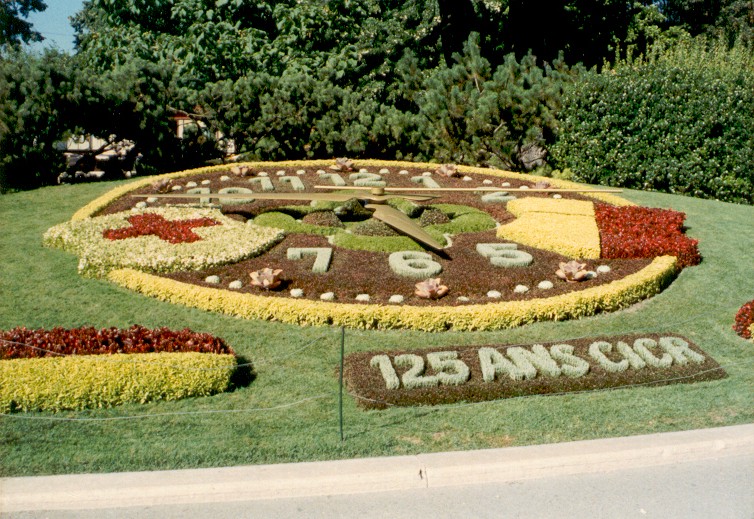Geneva, Switzerland, renowned for its picturesque landscapes, vibrant culture, and rich history, boasts a hidden gem that captivates visitors from around the world—the Flower Clock. Nestled within the Jardin Anglais (English Garden), this unique timepiece not only measures hours but also serves as a captivating work of art, blending technology, horticulture, and Swiss precision. In this article, we will explore the history, design, symbolism, and the meticulous craftsmanship behind Geneva’s Flower Clock.

A Historical Timepiece
The inception of the Flower Clock can be traced back to 1955 when it was first designed by the city’s Parks and Gardens Service in collaboration with the renowned Swiss watchmaker, Patek Philippe. This remarkable creation was intended to pay homage to Geneva’s watchmaking heritage, while also showcasing the city’s love for nature.
Design and Mechanics
The Flower Clock is an impressive amalgamation of mechanical engineering and horticulture. The clock face, with a diameter of approximately five meters, is adorned with an array of colorful flowers that change with the seasons. The choice of flowers is meticulously curated to ensure vibrant hues, symmetry, and optimal visibility. The precision and accuracy of the clock are attributed to an electric motor, which ensures accurate timekeeping.
Symbolism and Significance
Beyond its functional purpose, the Flower Clock carries profound symbolism. It represents the harmonious union between nature and technology, a theme central to Geneva’s identity. The choice of flowers reflects the ever-changing seasons, symbolizing the passing of time and the cycle of life. Additionally, it signifies Geneva’s commitment to preserving its natural beauty and promoting sustainable practices.
The Art of Horticulture
Creating and maintaining the Flower Clock is a labor of love, requiring the expertise of skilled horticulturists. Each season, a team meticulously selects and plants approximately 6,500 flowering plants, including begonias, petunias, and geraniums, among others. The careful arrangement and blending of colors give the clock its aesthetic appeal and ensure it remains a breathtaking sight throughout the year.
A Tourist Attraction
The Flower Clock has become an iconic symbol of Geneva and a popular tourist attraction. Located near Lake Geneva, visitors can admire its beauty while taking a leisurely stroll through the Jardin Anglais. Many tourists find themselves drawn to the clock, eager to capture its vibrant colors and intricacies in photographs.
Preserving the Legacy
To maintain the beauty and functionality of the Flower Clock, the horticulture team tends to the flowers throughout the year, ensuring they remain in prime condition. The clock’s mechanism is regularly serviced by professional watchmakers to guarantee accurate timekeeping.
Conclusion
The Flower Clock in Geneva stands as a testament to the city’s commitment to art, nature, and technological precision. Its enchanting beauty, meticulous design, and symbolic significance make it a must-visit destination for locals and tourists alike. As time passes, the Flower Clock remains a timeless tribute to Geneva’s watchmaking heritage and its harmonious relationship with the natural world.
